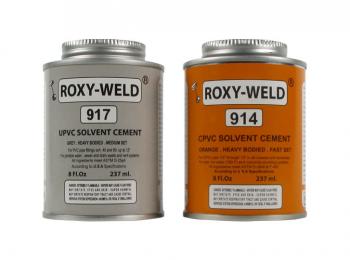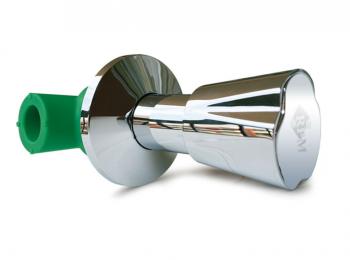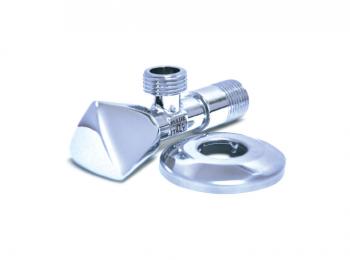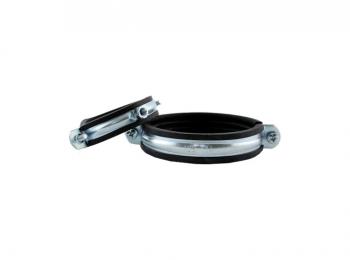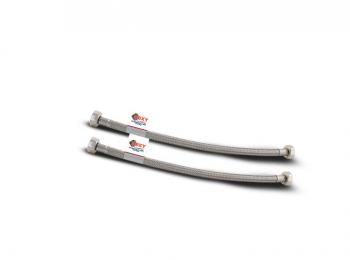BALL VALVES
Ball valves shut off the flow of water using a small sphere, or ball, inside the valve. The sphere has an opening inside. When in the "on" position, the opening is in line with the pipe, allowing water to flow freely. When in the "off" position, the opening is perpendicular to the flow of water, stopping the flow completely. In a ball valve, flow is controlled with a lever. Placing the lever perpendicular to the pipe allows water to flow. Moving it at 90-degree angle stops the flow.
Ball valves have several advantages.
They are easy to turn on and off quickly, and can be used by individuals who cannot maneuver a wheel-operated valve due to disability. They allow the user to tell at a glance if the valve is open or not. they are durable, rarely freeze even with years of use, provide reliable service, and are extremely versatile. Ball valves are used in home plumbing, industrial applications, oil and gas applications, marine applications, pharmaceuticals, and many other fields as they are manufactured from pure brass and the ball are made from pure alloy to resistant corrosin.
So,
The ball valves probably the most widely-used valve design, ball valves employ a cored, rotating ball to control flow. Usually operated by lever handle, they also offer a quick view of their status. Their design makes them ideal for full-flow applications, and their easy, low-wear operation is also excellent for throttling.
TECHNICAL DATA:
Size Range:
From 20 to 110 mm
Pressure Rating:
PN25
Joining Technology:
Welding
Materials
- Polypropylene
- Brass
- Alloy
Ball valve PPR-C / PN 25
|
Size (mm) |
20 |
25 |
32 |
40 |
50 |
63 |
75 |
90 |
110 |


